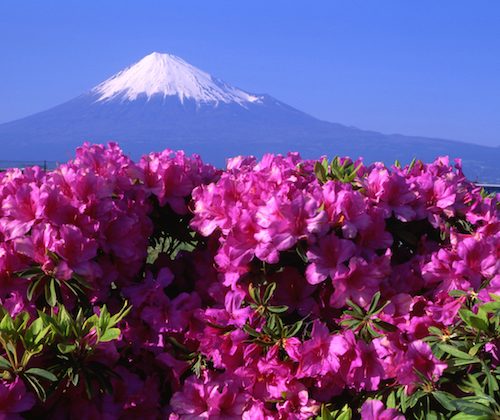Head to Japan to tick this one off your bucket list!
If you’ve had your fill of beach holidays and you’re looking for something a little more adventurous, a climb up Japan’s Mount Fuji may be just what you need! The snow-capped Mount Fuji boasts incredible views, stunning lakes and holy shrines, all of which has earned it a place on the World Heritage List. Japan is roughly a four-hour flight from Hong Kong, so take advantage of living in Asia and plan an epic climb up this iconic mountain! Here’s everything you need to know…

The Basics
Mount Fuji is an active volcano and Japan’s tallest mountain, standing at 3,776 meters high. It may sound intimidating, but with some simple preparation you can easily summit Mount Fuji and be back at work by Monday (and you’ll definitely have something more interesting to report when asked “how was your weekend?”).
The Japanese consider Mount Fuji sacred and locals flock to climb during the summer season. Over 300,000 people attempt to climb each year, which means that Fuji can, at times, feel as crowded as Shibuya Crossing. We considered getting a guide to lead us to the top, but we’re glad we didn’t bother. With loads of other climbers to follow, and signs every few feet to point you in the right direction, it would be tough to get lost.
You’ll never go more than half an hour or so without running into a mountain hut, which have bathrooms and shops that are open 24/7. Don’t worry about bringing food with you, you’ll be able to buy noodles and a well-deserved Snickers bar (or two!) along the way. Most of the huts also serve coffee, which is handy for a late-night caffeine boost to keep you awake. I even managed to find a chai latte in the middle of Mount Fuji! There’s no charge to climb Mount Fuji, but a 1,000 yen per person donation to the Mt Fuji Preservation Association Fund is highly recommended. You’ll pay this at the trail entrance.
Mount Fuji’s altitude can be tough for some, so try to avoid too many cocktails in Golden Gai the night before you climb! Drink lots of water and walk at a slow, steady pace to avoid gaining altitude too quickly.
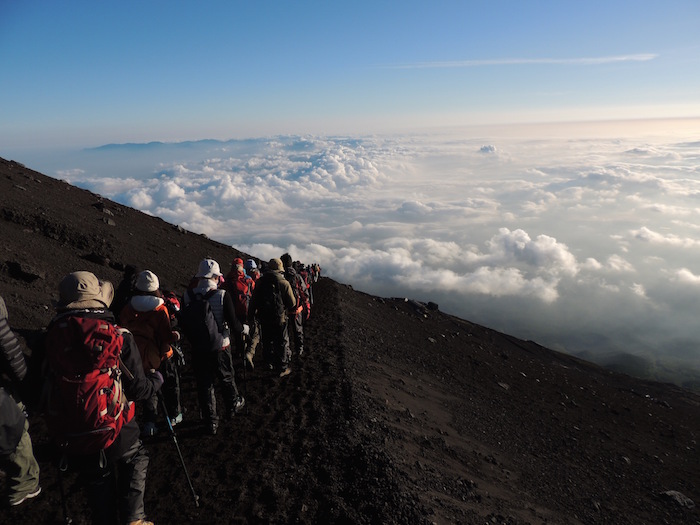
The Route
There are four routes to the top of Fuji. Yoshida Trail is the easiest to get to from Tokyo, so if you want to maximize your shopping time in Tokyo, it’s the best choice.
Yoshida Trail starts from Fuji Subaru Line 5th station, which sits at about 2,500 meters in elevation. It’s a good idea to put your feet up for an hour or so before you start hiking to acclimatize. There’s a simple restaurant at 5th station that stays open until about 9pm where you can grab a katsu curry to fuel up for the climb.
The climb up is only six kilometers, but it takes around six hours to reach the summit due to the sheer number of people on Fuji. Mentally prepare yourself to wait in a slow-moving line for the last hour or so before you summit. There are even (human) traffic control men in reflective neon vests to herd the crowds of climbers to the summit. The trail begins with a gentle walk up a dirt slope about as steep as the hike up to The Peak – it then gets a bit tricky in the middle with some large rocks that you’ll need to use your hands to scramble over. Fear not, after a few kilometers, the path flattens out into a switchback slope until you reach the summit. If you can handle The Twin Peaks, you’re probably ready to take on Mount Fuji!
Read more: Top 5 Hikes in Hong Kong
Once you’ve taken enough epic photos on the summit (mainly to prove to your friends that you made it!), you’ll follow signs guiding you to a different path down. The trail down is all slippery loose gravel. It will take you about four hours of sliding downhill to get back to 5th station. Once you’ve made it down, head back to your hotel for some sleep!
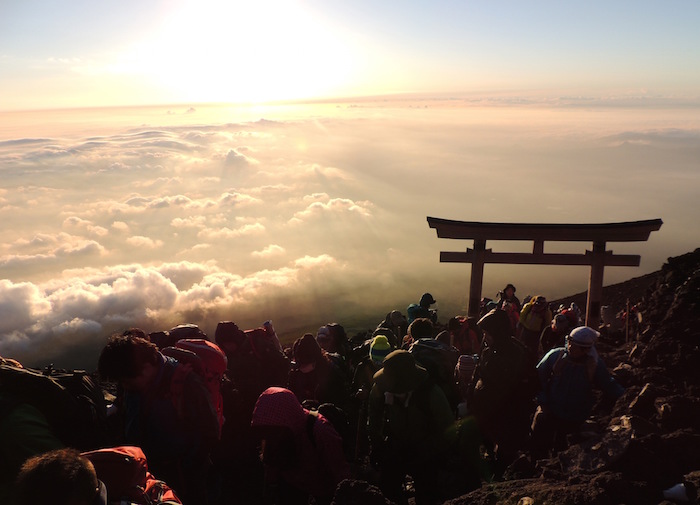
When to Climb
Most people climb overnight to reach the summit for sunrise, which is before 5am in the summer. We started climbing at 10pm as we didn’t want to get to the summit too early – we’d heard that it’s cold and windy up there if you’re stuck waiting! With a few much-needed coffee breaks, we made it to the top just in time to see the sun come up.
If just the thought of hiking all night leaves you feeling exhausted, don’t fret. You can also begin your hike in the late afternoon, and catch a few hours of beauty rest in a mountain hut before setting off again to catch sunrise.
Official climbing season is the beginning of July to the beginning of September. Unless you’re an experienced mountaineer, it’s best to stick to climbing season when everything is open. Weekends can be very crowded, so if you want some solitude, try to climb on a weekday. Avoid climbing during the Japanese Obon Week in mid-August, when the crowds on Fuji are at their highest.
Where to Stay
Trying to book a mountain hut can be intimidating for those of us who don’t speak Japanese. Fuji Mountain Guides can book one for you for a small fee of 1,000 yen per person. A spot in a hut ranges from about 6,000 – 10,000 yen per person for one night.
The area around Fuji has loads of Japanese ryokans where you can stay before and after you climb. Most of these have onsens, which are great for sore post-hike legs.
Read more: Japan’s Best Kept Secret – Rural Ryokans

How to Get There
Mount Fuji is 2 to 3 hours from Tokyo. To get to the start of Yoshida Trail, you have a few options:
- Trains depart from Tokyo’s Shinjuku Station several times a day. Buy tickets to Yawaguchiko Station. Once you get there, buses to 5th station depart regularly until about 7pm.
- If you won’t be stopping in Tokyo, buses run directly from Haneda to 5th station during daytime hours in the summer.
- Buses run directly from Shinjuku Station in Tokyo to 5th station during the summer.
During climbing season, bus tickets sell out a few weeks in advance. However, if you’re not a planner, you can buy last-minute train tickets on the day like we did.
Don’t Forget
Fuji doesn’t require any special climbing equipment, but the below items will be helpful:
- A head torch – Necessary if you’re climbing at night
- Extra batteries – Your head torch batteries may freeze as temperatures drop towards the top. Keep a spare set in an inner pocket to keep them warm.
- Layers, layers, layers – Temperatures on the summit range from 5 – 8 degrees Celsius, even in summer. Bring lots of layers, and don’t forget a winter hat and gloves!
- Your camera – For a few selfies at the summit
- Small change – There’s a 200 yen charge for all bathrooms along the trail, so keep some coins handy.
- Hiking shoes – Your Converse All Stars won’t cut it on Fuji, wear shoes with good grip.
- Earplugs –Bring earplugs if you want to get any sleep in the huts along the way, they’re crowded and noisy.
- Hiking Pole – This will come in handy if you don’t want to spend most of the slippery walk down on your bum.
If you packed in a hurry and forgot any essentials, don’t panic. You can buy extra hiking gear at 5th station’s shops.
![]()
Happy climbing, ladies!
Featured image sourced via Dreamstime



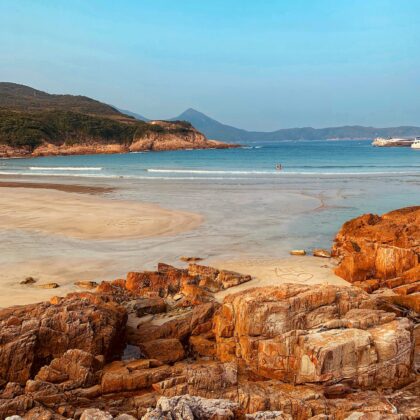
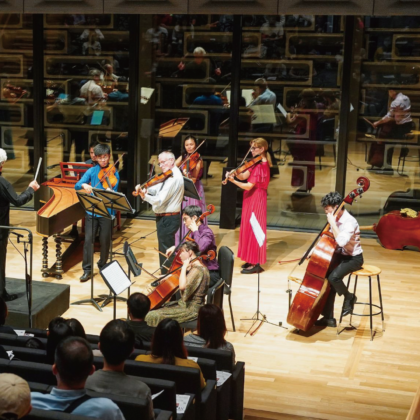
 Eat & Drink
Eat & Drink
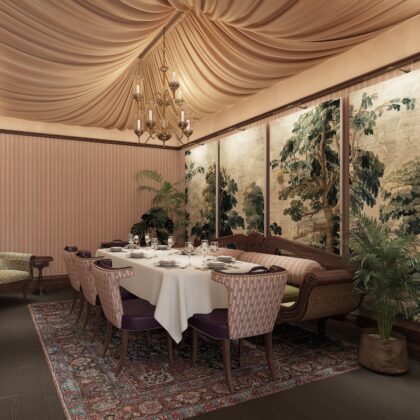


 Travel
Travel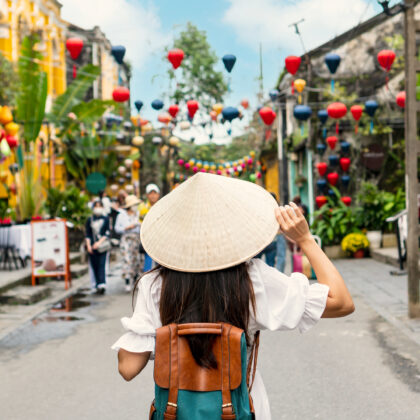
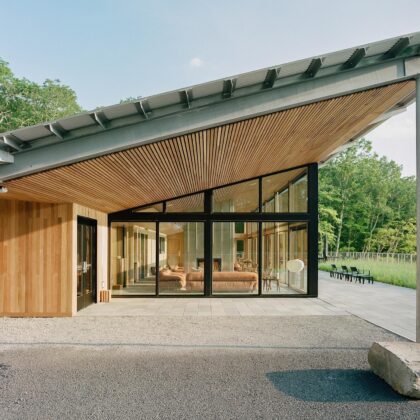

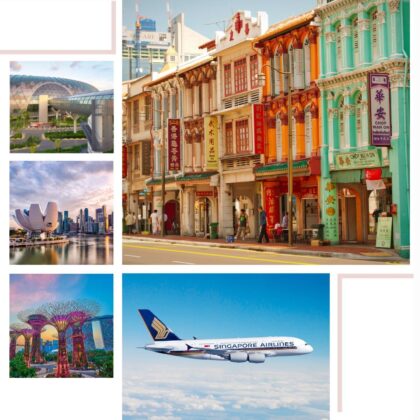
 Style
Style



 Beauty
Beauty



 Health & Wellness
Health & Wellness



 Home & Decor
Home & Decor

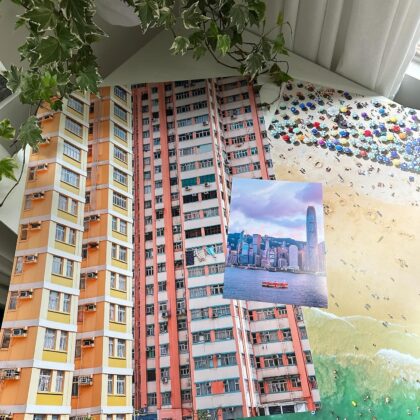

 Lifestyle
Lifestyle
 Weddings
Weddings



